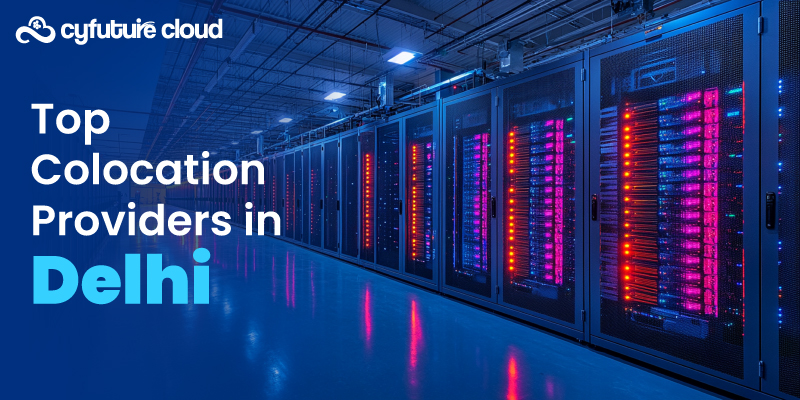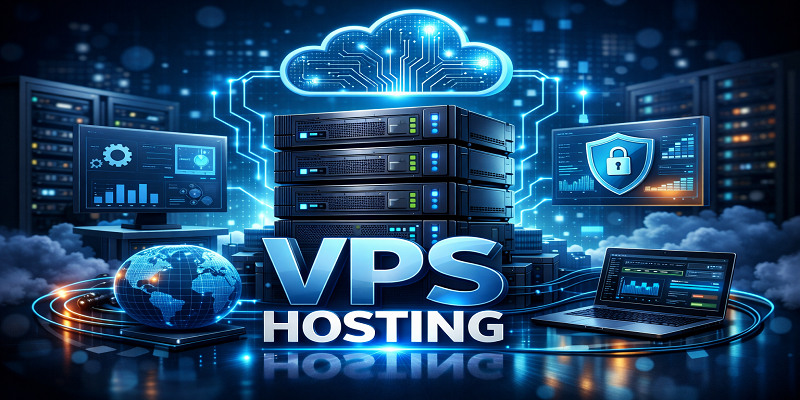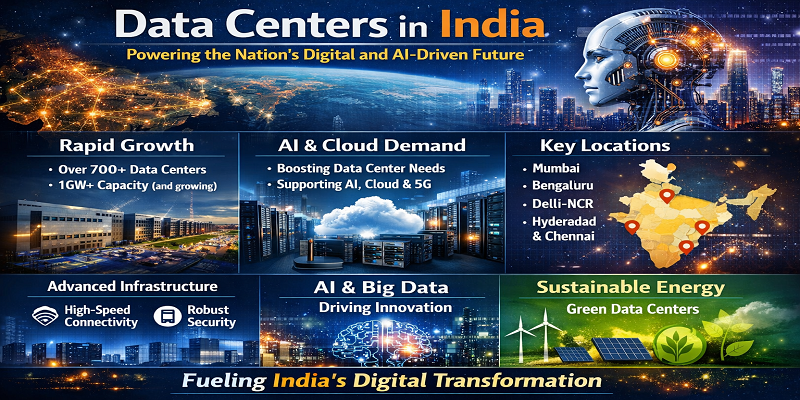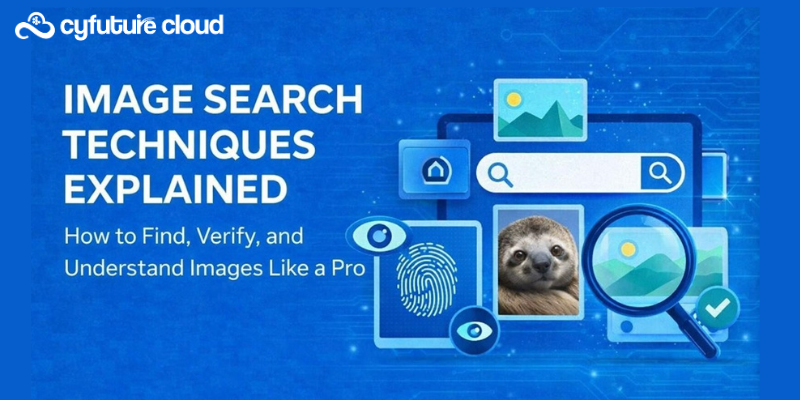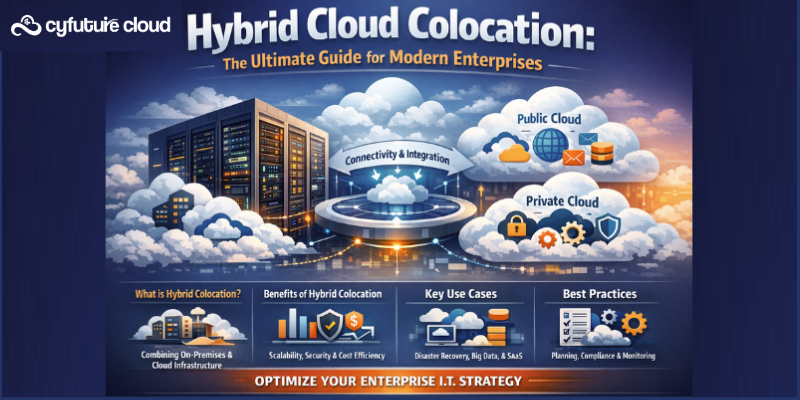Table of Contents
Once in a working span on a computer, everyone has made the mistake that the computer’s hardware fails or all files are corrupted, and you don’t have a backup.
In this situation, the pain is almost uncontrollable.
Similarly, imagine if you’re in business and get hacked or attacked by ransomware and lose all your data, you could lose millions of dollars due to litigation, downtime, and lost goodwill.
Now the question comes in our mind- Can anything recover data loss?
At this point, the data backup comes to rescue.
In today’s digital business environment, safeguarding data is crucial for the survival and prosperity of organizations. This involves employing a range of techniques and solutions to ensure efficient and cost-effective data backup.
In this blog, you’ll learn what data backup is and its latest trends to look out for in 2023.
What Is Data Backup?
Data backup protects data by copying it from primary to secondary locations. It aims to shield it from any disaster, accident, or malicious action.
As we can see around us, data has become a substantial part of progressive organizations and losing that data can cause disruption in business operations and cause significant damage. As a result, data backup is a critical consideration for businesses of all sizes, whether they are startups, SMBs, or large enterprises.
The process of creating copies of data at fixed intervals and storing them in one or multiple locations, typically with predetermined capacities is known as Data backup. Corporate storage solutions and BaaS can help prevent data loss and breaches, while cloud computing ensures continuous protection against various issues such as ransomware attacks. The backup process should occur seamlessly in the background.
Latest Trends in Backup
Data storage advancements have revolutionized the backup and recovery process. Check out these 2023 trends to optimize your efficiency and effectiveness.
Trend 1: Plenty of Data to Back Up
Growing data estates are posing significant challenges for storage administrators responsible for backup operations in progressive organizations. Data is coming from diverse sources, including connected devices, logging and monitoring systems, and other streams.
Sometimes data utilization might be needed independently, and at other times they are to be connected and analyzed to derive intelligence. In addition to regular backups, many organizations must maintain data in archival storage for extended periods for audit and compliance purposes. So, the aim is – whatever the use case of data may be, it can’t be lost.
To meet the increasing demands of large-scale data storage organizations are progressively embracing cloud storage. This transformation towards cloud-based environments gives a new challenge for storage administrators, who now require to handle both cloud and on-premises deployments. However, cloud storage provides much more space to work with.
Trend 2: Multi Cloud Data Backup and Recovery
The popularity of multi-cloud strategies has grown due to the flexibility and performance optimization that can be achieved by mixing and matching cloud services. As these strategies dilate, so does the multi-cloud backup and recovery solutions requirement.
This solution can back up data across cloud services from various providers. Backup solutions frequently entail copying data from one cloud service and saving it on another as a form of disaster recovery. These solutions should also facilitate recovery across multiple cloud providers.
The multi-cloud backup and recovery solutions are constructed using containers and microservices. To deploy workloads and data in multiple cloud environments these technologies allow seamless, eliminates concerns regarding service compatibility or proprietary formats. Each container is built independently of the host OS and contains all required dependencies.
Creating container images is an effective way to backup containerized assets, enabling seamless sharing and deployment across resources. The uniformity of containers and APIs simplifies workload transfer between services during outages, reducing downtime and providing reliable failover options.
Trend 3: Using Backup as Cyber Bunker
Encounters of new threats mean the data needs to be more strong than ever.
During COVID-19 remote work revealed ransomware, malicious attacks, and unauthorized access. Administration of storage plays a pivotal role in ensuring data is protected.
Backup is often viewed as the final line of defense against ransomware and other security threats. Attackers not only aim to gain access to your organization’s network but also to corrupt your valuable data.
Having an up-to-date backup copy of your data can allow for efficient recovery, undercutting the impact of attackers and preventing harm to your operations. In case when the primary data set is compromised, to bring everything back online organizations depend on their backup data.
Although having a backup strategy is crucial, it’s not always straightforward in practice. As threat vectors evolve, attackers are also targeting both backup and production data to create obstacles in the recovery process. This has led to the evolution of backup strategies and tools designed to prevent attempts at sabotaging the backup data.
Trend 4: Hybrid Cloud Backups
Hybrid clouds are becoming increasingly popular among organizations as they offer greater flexibility and control. To support or create a hybrid cloud, hybrid cloud backup solutions can be utilized as an option.
Hybrid cloud backup solutions function by backing up data to an on-premises appliance and replicating the backup to cloud resources. This duplication helps to guarantee that the data is readily available with minimal latency, while also ensuring storage scalability. In addition, numerous solutions can synchronize on-premises resources with data created in the cloud, enabling two-way backup.
With hybrid solutions, on-site backups allow for quicker recovery of backups, regardless of Internet connectivity, while cloud copies of those backups allow for the storage of older backups for extended periods. Furthermore, they offer a disaster recovery or failover mechanism in the event that on-premises resources are compromised.
Hybrid cloud backups not only spread backups across resources but also reduce capital expenses. You can offload older backups to cloud resources, minimizing the need for on-premises resources and disks. Cloud backups are maintained by the provider, converting capital expenses to lower operating costs.
The hybrid model also allows for the reduction of technical debt on resources, while still providing access to cloud benefits. This is especially attractive to organizations with established infrastructures, making hybrid solutions even more compelling.
Trend 5: Cloud-Native Backup and Disaster Recovery
As organizations increasingly adopt cloud-only environments, cloud-native backup and recovery methods become crucial. These solutions are integrated into cloud services and are usually offered directly by providers.
Cloud-native solutions automate backups, allow for easy management at scale, and enable quick global recovery of workloads and data. They are vital for cloud-native applications as traditional backups require manual copying of data, which is challenging in a distributed system and can lead to missed components. On the contrary, cloud-native tools are pre-configured to back up the several configurations and resources used in a cloud-native deployment.
Cloud-native backups have two components: creating container images and backing up supporting data and configurations. When operating stateful applications that require persistent storage, cloud-native backups duplicate data related to databases, infrastructure configurations, networking details, and associated files such as media or codebases.
Trend 6: Disaster Recovery with IoT Devices
IoT devices, including digital assistants, sensors, and UIs, are becoming increasingly prevalent in networks. These devices continuously accumulate and process data, often at the network edge and on internal resources. As a result, the data on IoT devices is often siloed from the rest of the system. This can be advantageous in the event of system damage, as IoT devices may remain unaffected and preserve otherwise “lost” data.
Even though this data cannot serve as a conventional backup for systems, it can be used to restore systems to their last known state. This approach can be valuable in determining what changes have occurred since the last full backup and can help organizations mitigate any resulting damages.
IoT devices can aid in identifying and preventing disasters, such as fires. In such cases, device data can be uploaded to the cloud to prevent data loss or IT teams can be alerted to download on-site backups to remote devices for later recovery. Although IoT is not yet a fully-fledged backup and recovery solution, its capabilities can complement existing solutions. As IoT evolves, these applications are likely to gain more widespread adoption.
Trend 7: BaaS and DMaaS Skills
Phishing attacks are becoming increasingly sophisticated, creating a sense of urgency among business and IT leaders to protect their organizations. To ensure readiness for recovery, these leaders are seeking backup and security professionals who can implement robust last-line-of-defense data resiliency strategies and perform real-time, simulated recoveries to test these strategies.
CommVault’s Foster predicts that training and professional development resources for data resiliency will expand in the coming year. As demand for backup and recovery services continues to grow, professionals can leverage BaaS and DMaaS tools to implement and test strategies.
Time for a change
It can be a daunting task to keep up with the latest obstacles of the digital environment, but choose Cyfuture Cloud as your cloud partner for backup and disaster recovery, you can confidently rise to the challenge.
As IoT becomes more common, it’s important to implement effective backup and recovery strategies and prioritize data security. However, despite the increasing number of IoT deployments, many businesses and end-users still ignore taking requisite steps to protect their data. With the increasing number of smart offices, homes, and cities being connected, there is a potential for data to become more susceptible to ecosystems that can cause issues in the future.
Looking for a reliable and cost-effective solution to safeguard your business data? Look no further than our Backup as a Service (BaaS) offering. Our robust business continuity plan ensures that your critical data is always available and protected from ransomware attacks, preventing costly downtime and data loss. Let us take care of your backup needs while you concentrate on managing your business with peace of mind.
Choose Cyfuture Cloud as your reliable partner to evaluate and manage your business’s risks and vulnerabilities. Our team of proficient experts will collaborate with you to identify the most suitable recovery solution to meet your business requirements. Contact us today to learn more about our cloud backup services!
Recent Post
Send this to a friend

 Server
Colocation
Server
Colocation CDN
Network
CDN
Network Linux
Cloud Hosting
Linux
Cloud Hosting Kubernetes
Kubernetes Pricing
Calculator
Pricing
Calculator
 Power
Power
 Utilities
Utilities VMware
Private Cloud
VMware
Private Cloud VMware
on AWS
VMware
on AWS VMware
on Azure
VMware
on Azure Service
Level Agreement
Service
Level Agreement 